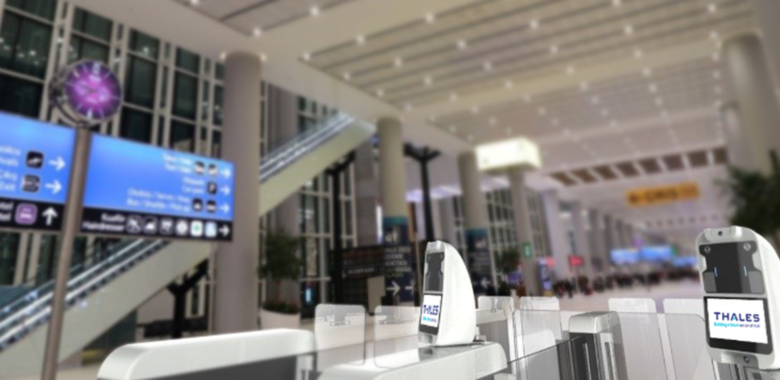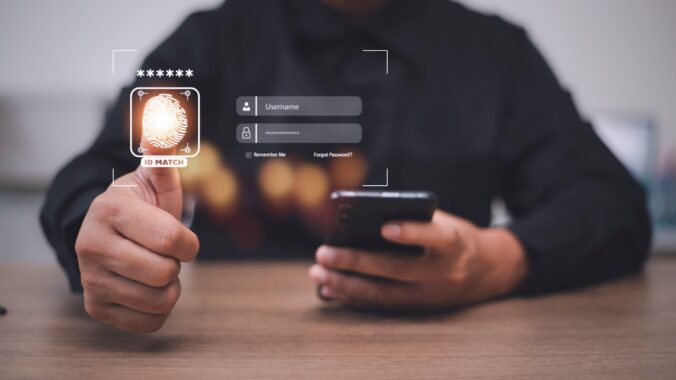2022 was another turbulent year for the travel industry. Strikes, delays and cancellations have hardly marked the grand return for the industry post-pandemic.
That said, while there are some forces in play at the moment that are unfortunately beyond our control, on the whole there’s been great strides in technology over the past year – designed to make our travels more efficient, without compromising on safety.
Biometrics goes multimodal
At the heart of this evolution is the use of biometric technologies. Biometrics are one of the most secure means of identification and Governments have used them to simplify the traveller experience at borders for years now. eGates are a great example of this, but it doesn’t stop there; biometrics can offer so much more!
I’ve spoken many times before about the power biometrics have to create a frictionless traveller experience. Facial recognition technologies, combined with AI, can be used to create a unique and temporary ID that allows for quick and secure passage through an airport or seaport – making bag drop, border control, security and gate access a whole lot faster.
And this frictionless experience is going one step further to include iris recognition. Imagine combining both iris and face capture and recognition capacities into one easy to use solution. That’s what the new Thales multimodal biometric pod offers. Boosted by AI technology and Thales’s top-ranked Iris algorithm, it captures and authenticates both iris and face biometrics in just two seconds. That means no more queuing and no need to show your ID or ticket at every single checkpoint!
Featuring a camera and a high-resolution LCD screen, the biometric pod is able to recognize a pre-enrolled traveller’s iris and face at a distance ranging from 0.5 metres to 1.5 metres.
The future of travel lies with biometrics
Biometric technologies improve airport operational efficiency by integrating automation without compromising passenger and employee security or the confidentiality of the data exchanged. According to a global study we carried out this year, governments were the among the least trusted with consumer data – so any steps they can take to deploy biometrics will be vital for a successful roll out.
So, how would this all work in practice? In theory, everything can be done before you even step foot in an airport. You’d start by opening your digital ID wallet to create a Digital Travel Credential, which is then stored locally on your device. When checking in with your chosen airline you’d then be asked to share your biometrics. This information, combined with a Digital Travel Credential, means you can then be identified at all the touchless self-service apps within the terminal once you arrive.
The technology works in real-time – with the token erased once the flight has taken off, ensuring absolute data privacy.
I feel strongly that biometrics is the key to seamless, efficient and secure travel. I’m keen to hear from my followers what other travel tech innovations they’ve seen recently – let me know in the comments below.
Related articles:



